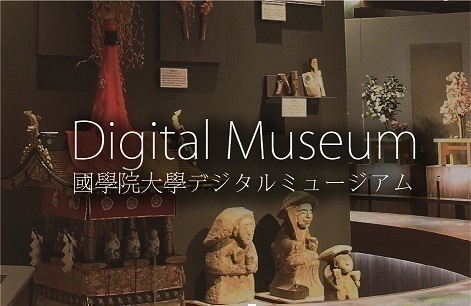- トップ
- Encyclopedia of Shinto
- Jinja Honchō
Encyclopedia of Shinto
| Main Menu: | |
| Links: |
詳細表示 (Complete Article)
| カテゴリー1: | 3. Institutions and Administrative Practices |
|---|---|
| カテゴリー2: | Modern and Contemporary |
| Title | Jinja Honchō |
| Text | The Association of Shinto Shrines, an umbrella organization that incorporates the vast majority of shrines in Japan. From the Meiji era (1868-1912), shrines were placed under the supervision of government bodies as "sites for the performance of state ritual." In 1946, however, the Institute of Divinities (Jingiin) was abolished and shrines were removed from state control. On February 3 of the same year, the Association of Shinto Shrines was set up as a religious corporation in the Shibuya Ward of Tokyo. It was created out of three private institutions connected with shrines, namely the Kōten Kōkyūsho, the Dainihon Jingikai and the Jingū Hōsaikai, and its purpose was to unify and supervise all shrines and the priests and staff connected with them. In 1952, regulations for the governing of the Association were published, and in 1956, on the tenth anniversary of its creation, a set of ethical principles that embodied the Association's spiritual ideals was published in the form of a document styled "Guidelines for a Life of Devotion to the kami" (Keishin seikatsu no kōryō). Further, in 1980, the organization published the "Association of Shintō Shrines Charter," which established fundamental norms for the spiritual life. In 1987, the Association moved to a new site in the Yoyogi area of Shibuya Ward, and in the following year a series of far-reaching reforms were implemented in order that the Association might better meet the needs of modern society. The Association of Shinto Shrines regards the Grand Shrines of Ise as its main source of devotion, and proselytizes accordingly. It seeks to educate and cultivate shrine parishioners and other believers through the performance of shrine rites, and so promote the popularity of shrines. The three articles of the aforementioned "Guidelines for a Life of Devotion to the kami" constitute the core of shrine faith (see Jinja Shintō). In terms of structure, the Association is comprised of one bureau and two offices: an Administrative Bureau (Jimu Sōkyoku), a Training Office (Kenshūjo) and a Theological Research Office (Kyōgaku Kenkyūjo). Of the two Offices, the former oversees training courses for advanced candidates for the priesthood as well as lifelong training for practicing priests (shinshoku); the latter office does research on Shinto theology, carries out opinion surveys, and gathers source material. The organization is run by a Council, which passes resolutions relating to its operation. A President (sōchō) is placed at the head of the Association of Shinto Shrines as the representative member (daihyō yakuin) of the group as a religious corporation, but the tōri (a position above the President) actually oversees the Association and represents the organization to the outside world. It makes use of the advanced training programs for priests at Kokugakuin and Kōgakkan Universities as well as the regular courses at the six regional programs, including those in Ise (Jingū Kenshūjo) and Atsuta Jingū Gakuin. According to the Religions Almanac, 1992 (Shūkyō nenkan) published by the government's Culture Bureau (Bunkachō), the Association of Shintō Shrines has seventy-nine thousand one hundred seventy-three shrines (recognized as religious corporations), thirty-eight other religious corporations and nine other religious bodies, and twenty thousand three hundred thirty-six instructors as well as eighty-two million six hundred thirty-one thousand one hundred ninety-six believers under its umbrella. — Ishii Kenji |




